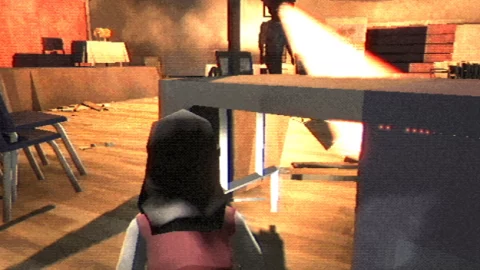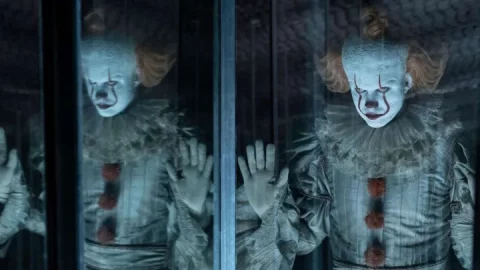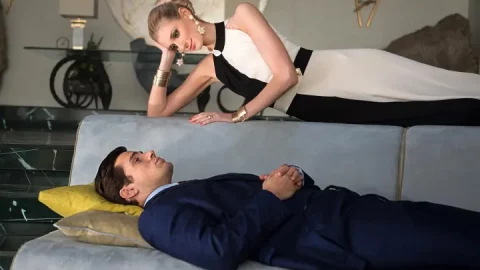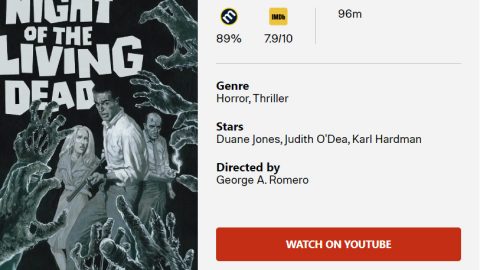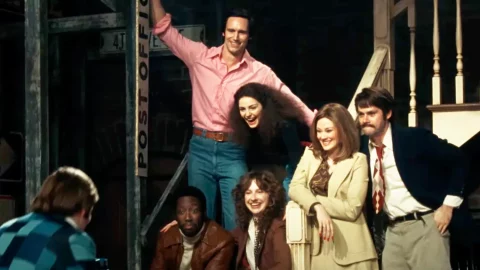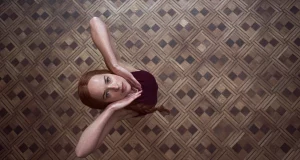
Where to watch Suspiria: Amazon Prime Video
The delirious 1977 Day-Glo fantasy by Italian horror master Dario Argento A young American dancer attending a German ballet school run by a coven of witches was the subject of the movie Suspiria. With time, the film’s operatic gore, eye-candy color scheme, and melancholic Goblin score have made it more famous among genre experts than its hardly noticeable story. The pinnacle of style over substance was Argento’s Suspiria, but what style! The sensualist behind Call Me by Your Name, Luca Guadagnino, has since recreated it. Not so much remade as reimagined as an obsessively busy occult thriller that trolls through pointless characters and subplots. Viewers who have not seen the original version are probably going to enjoy it more.
The story, set in 1977 Berlin, has been expanded by Guadagnino and writer David Kajganich to encompass the outside world with references to terror attacks carried out by the radical Red Army Faction and an old psychiatrist character (whose alter ego became a cheeky parlor game for a while). However, the storyline remains the same: A cunning dancer finds herself in an oddball hothouse full of magic, dark secrets, and deceit. Dakota Johnson, an actress whose resume has not quite matched her talent, plays the dancer, which helps. Johnson’s Susie is a young, aspiring escapee from a strict Mennonite family who is naive. Madame Blanc is played by Guadagnino regular Tilda Swinton, who exudes an air of mystery concealed in cigarette smoke. Madame Blanc is a severe head teacher, replete with icy hauteur and Martha Graham gestures. She’s also a witch.
A few highly impactful scenes can be seen in the movie, one of which is a spectacular scene in which Susie tries out for the main role in a performance while another dancer in the neighborhood is being roughly thrashed like a rag doll, her joints buckling like a Swiss Army knife. The movie bursts into life in sequences like that, almost matching Argento’s baroque Grand Guignol aesthetic. The problem is that the new Suspiria is, well, a little cheesy and uninteresting. Argento’s psychedelic pop has been extracted from his stunningly hallucinogenic colors, and much of the perverse terror in his sinister plot has been removed. It is explained too much. It appears as though Guadagnino lacks confidence in the audience to simply embark on his sensually surreal journey alongside him. Ultimately, letting an artist’s work speak for itself is sometimes the greatest tribute one can give. B-
